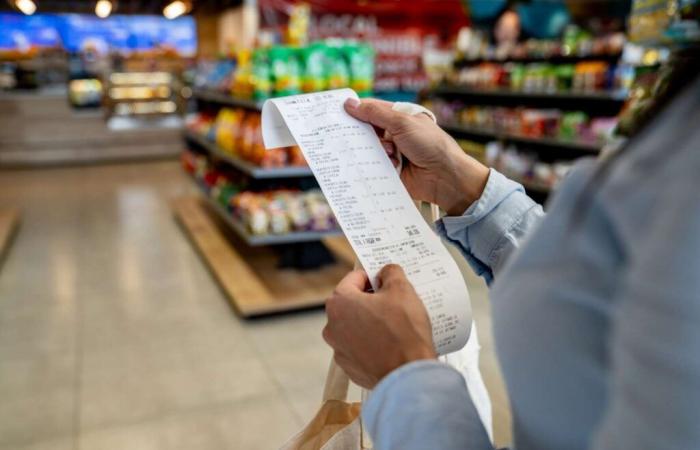The consumer association UFC-Que Choisir unveiled a comparative study of the prices charged in supermarkets on October 12. This analysis highlights lightlight significant regional disparities in the cost of everyday shopping. Deux-Sèvres stands out as the department offering the most advantageous prices, with a gap of 4.1% below the national average. This discovery raises questions about the factors influencing these price variations and their implications for French consumers.
The price map in France: notable differences between regions
The UFC-Que Choisir study provides a contrasting panorama of race prices in France. After Deux-Sèvres, we find:
- Côtes-d’Armor (-4%);
- Loir-et-Cher and Vendée (-3.6%);
- the Territoire de Belfort (-3.5%);
- Tarn and Mayenne (-3.3%).
In contrast, the most expensive departments are mainly located in the Paris region and in the south-east:
- Paris (+10.4% above the national average);
- Hauts-de-Seine (+5.3%);
- Val-de-Marne, Corsica-du-Sud and Haute-Corse (+3.6%);
- the Alpes-Maritimes (+2.3%).
These significant differences raise questions about the economic and logistical factors that influence price formation in the different French regions.
Methodology and scope of the study
To carry out this comparative analysis, UFC-Que Choisir adopted a methodical approach. Noé Bauduin, research manager at the association, explains: “ Today, the majority of department stores have a drive-thru service. “. The team collected the prizes via the online platforms of supermarkets, supplementing this data with field surveys to check the concordance between the prices displayed online and those charged in stores.
The study focused on everyday products, including:
The comparison covered both national brands and distributor brands, making sure to compare products with identical composition and packaging. This rigorous approach allows us to obtain a faithful image of price disparities on a national scale.
Explanatory factors for price differences
Several elements help to explain these regional price variations:
| Postman | Impact on prices |
| Location of brands | Strong influence on local competition |
| Store size | Large stores allow economies of scale |
| Urbanisation | Higher logistics costs in dense urban areas |
| Local purchasing power | Influences brand pricing strategies |
In Deux-Sèvres, for example, Système U and E. Leclerc are respectively 17% and 7% more present than the national average. These brands, known for their competitive prices, exercise a pressionpression downward across the entire local market. Conversely, Carrefour, generally more expensive, is 17% less established in this department.
Store size also plays a crucial role. Large stores in peripheral shopping areas benefit from economies of scale allowing them to keep prices low, unlike urban convenience stores facing higher logistics costs.
Consumer Outlook
Although Deux-Sèvres currently appears to be the most economical department for shopping, Noé Bauduin emphasizes that this ranking may change. On the other hand, ” the cheapest department may change, but it always remains the same region, he says. This trend in the west zone is something that is not from this month ».
For consumers, this information offers ways to optimize their shopping budget:
- Favor large areas in peripheral shopping areas.
- Compare prices between different local brands.
- Take advantage of drive services to facilitate price comparison.
- Stay attentive to developments in the establishment of brands in your region.
This UFC-Que Choisir study highlights the importance of regional dynamics in price formation, offering consumers keys to better understand and navigate the complex landscape of French mass distribution.






